"You know, I really enjoy forgetting. When I first come to a place, I notice all the little details. I notice the way the sky looks. The color of white paper. The way people walk. Doorknobs. Everything. Then I get used to the place and I don't notice those things anymore. So only by forgetting can I see the place again as it really is."
David Byrne
True Stories
"...and if I ever went solo my favorite MC would be me."
Phife Dawg
Midnight Marauders
© John Conner. Design Portfolio. 2019.
HOPE,
FEAR,
EXCITEMENT,
SATISFACTION.

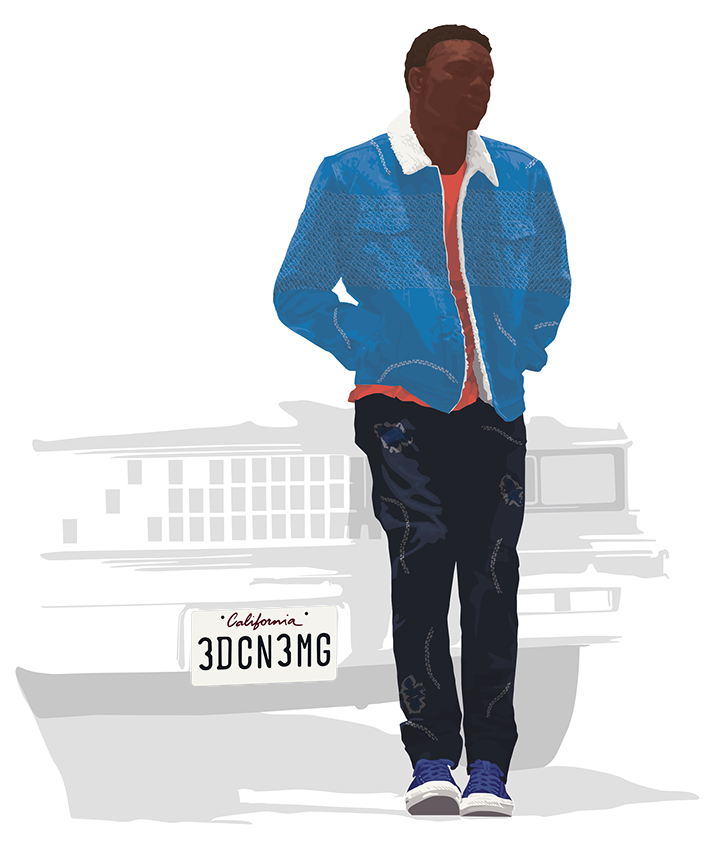


1. The completely fermented moromi is divided into cloth bags.
2. The bags are arranged in a large trough.
3. A press is lowered into the trough, pressing the bags and removing the sake from the remaining rice solids.

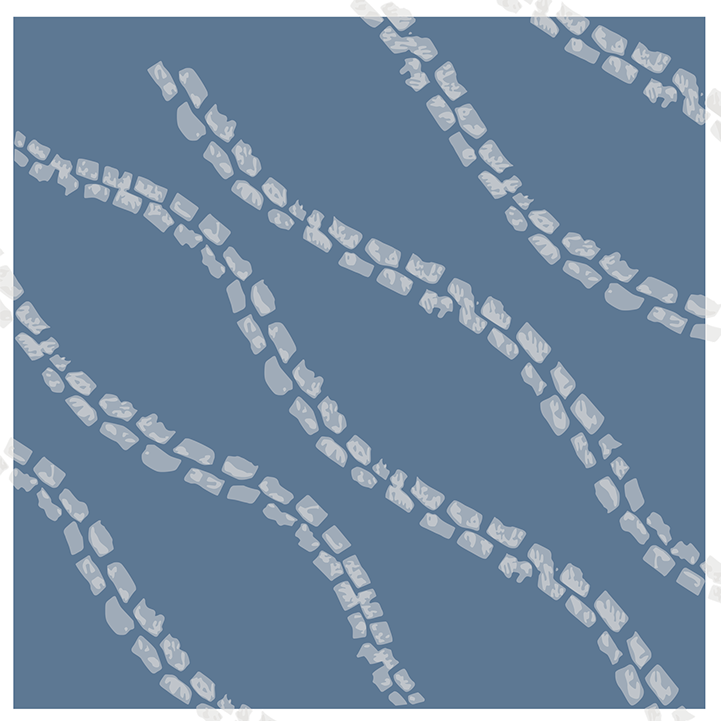
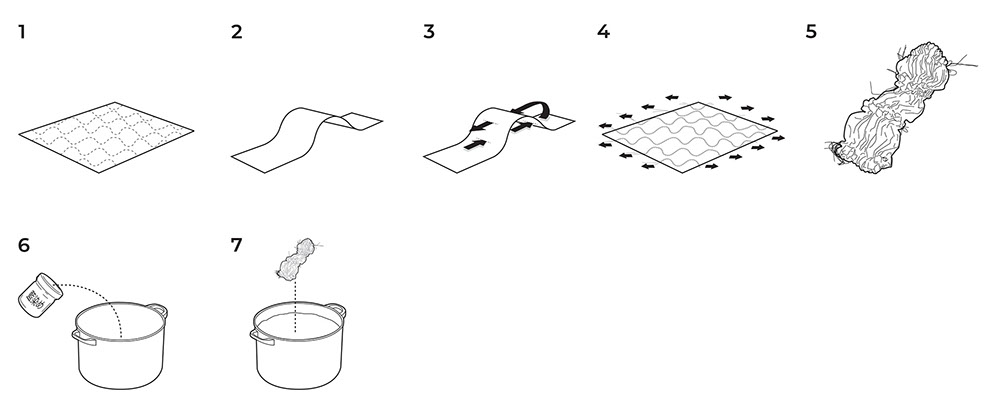
1. A pattern is marked along the cloth.
2. The cloth is pinched with the fingers along the pattern lines.
3. A single row of stitching is made close to the fold. The stitching is done with a circular motion of the needle; it is inserted at the back of the fold, and the point is brought over the edge of the fold and is inserted again from the back. Thread is not drawn up with each stitch, so as the stitching progresses the gathered cloth is brought over the needle onto the thread.
4. The threads are drawn tight to synch the fabric into a folded form.
5. The drawn threads are knotted.
6. The indigo dye is prepared.
7. The drawn cloth is dyed.

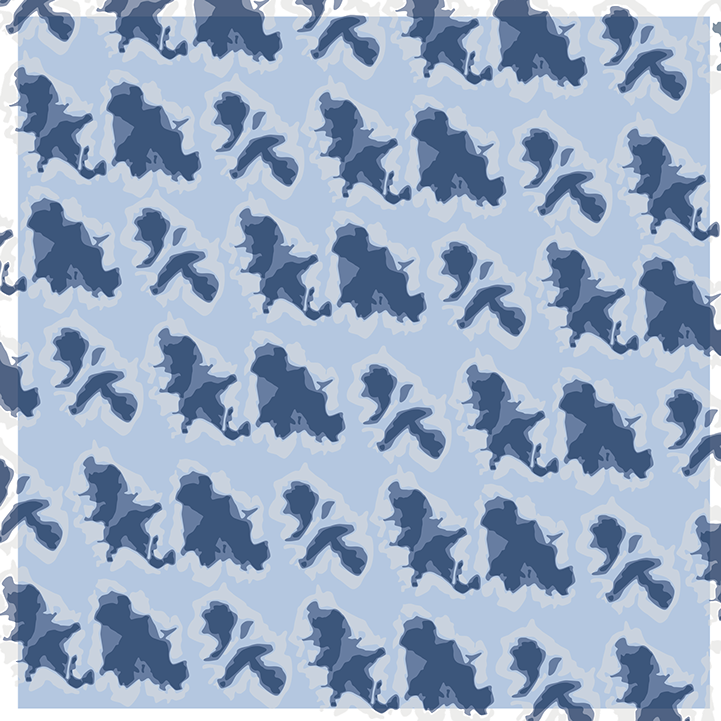
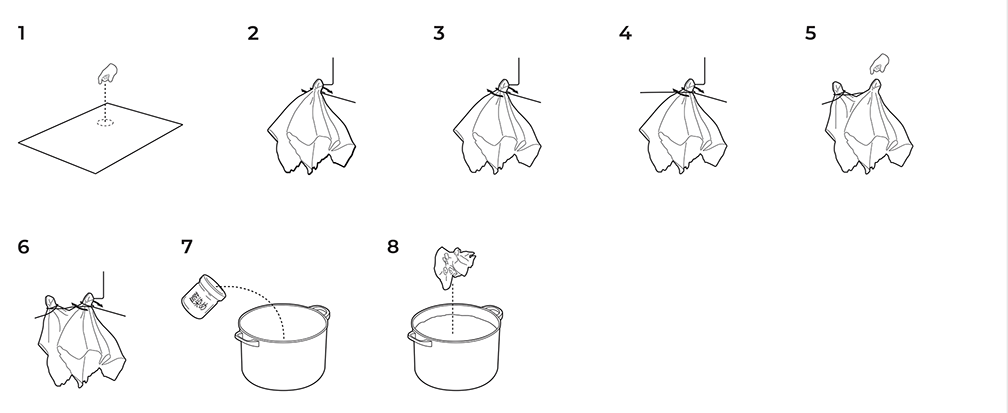
1. The cloth is shaped by pushing up a portion of it with the left index finger from the underside. The cloth is to be shaped on the weft.
2. The cloth is anchored on a hook that is placed just to the right of the point that is to be bound and is controlled with the left hand.
3. A loop of thread is made around the cloth. The right hand moves the hook to catch the center of the cloth within this loop of thread.
4. Once the cloth is caught on the loop, the left hand is removed and the cloth is pulled taut while still on the hook with the left hand. The right hand tightens the loop while the cloth is still on the hook.
5. The hook is removed and a new portion of cloth is shaped with the left index finger.
6. The loop process is repeated on the hook.
7. The indigo dye is prepared.
8. The bound cloth is dyed.



































